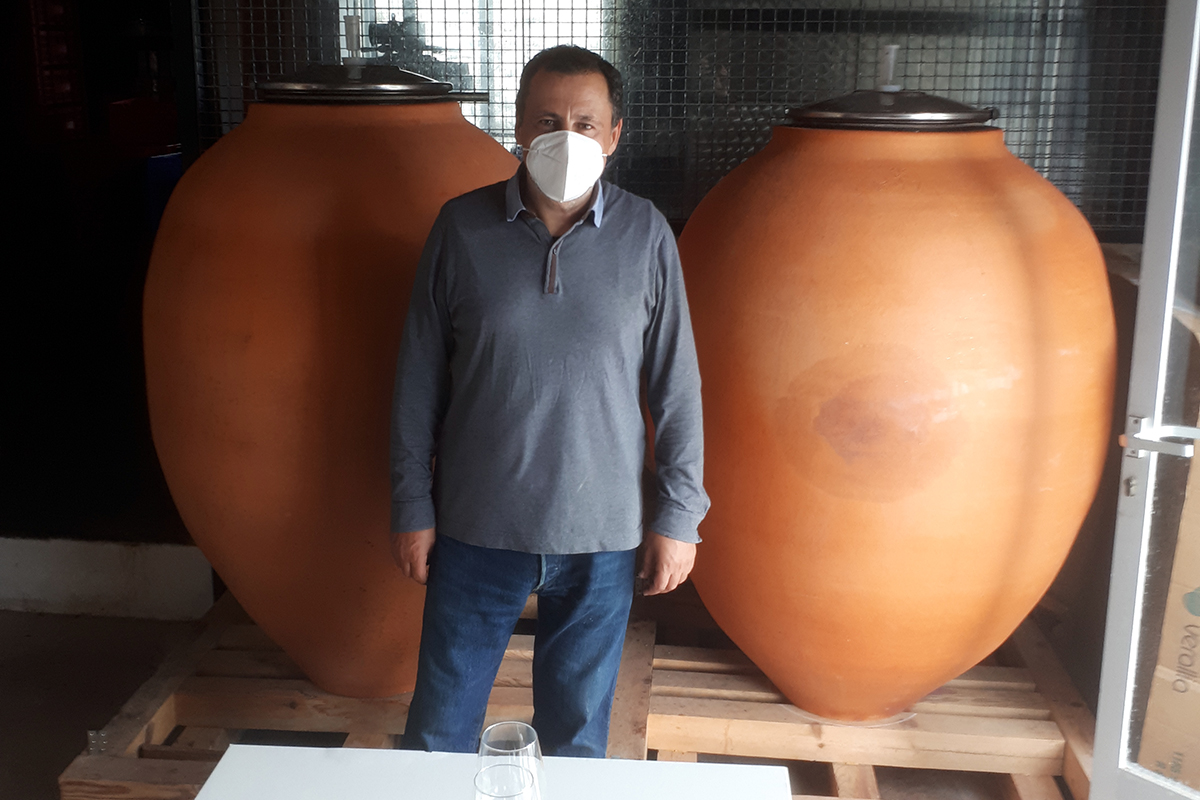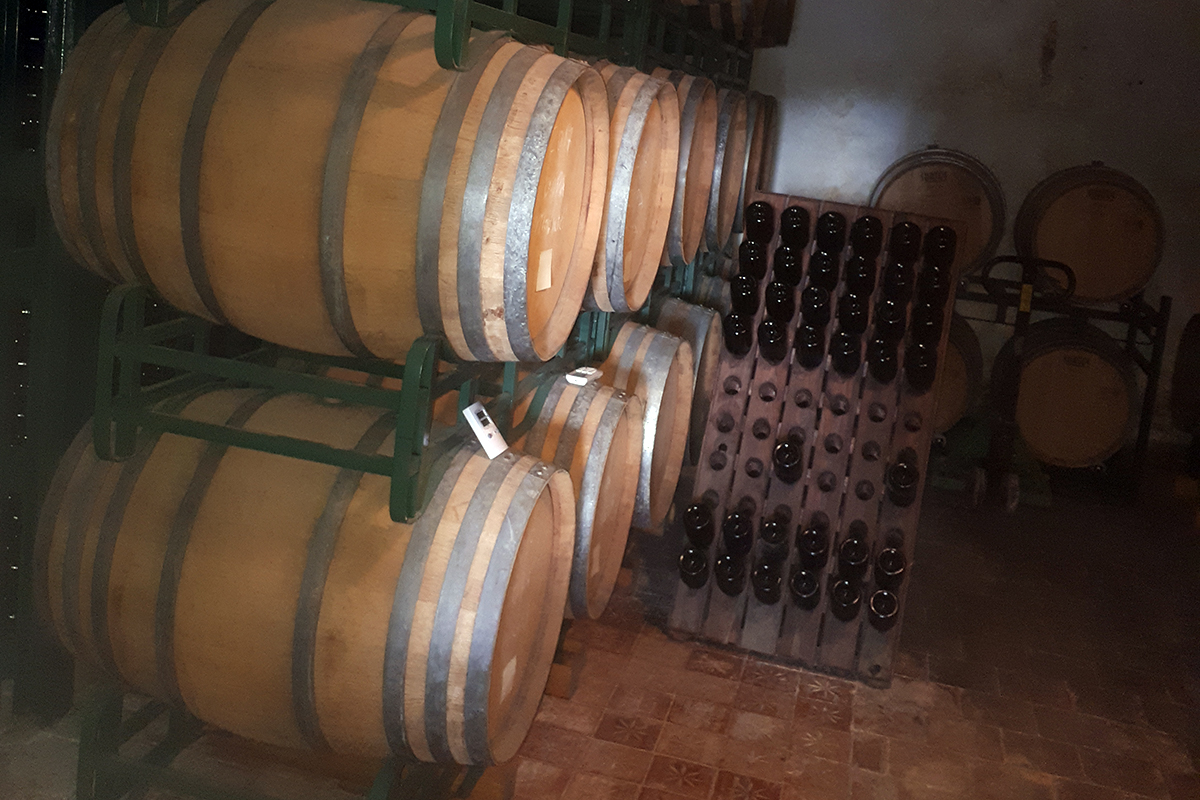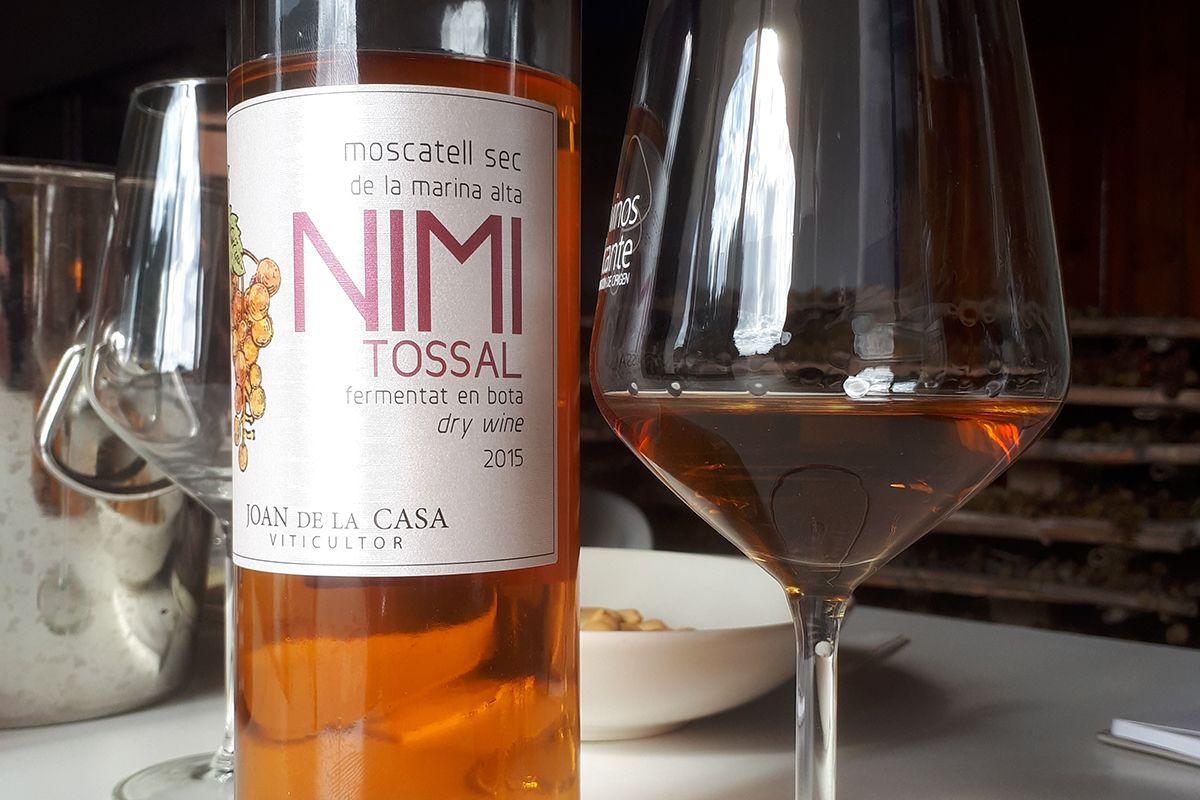11 noviembre, 2020

Colin Harkness / Twitter: @colinonwine / Instagram: colinharkness53
Versión en español disponible aquí!
But I aint talking telecommunications here, I’m talking wine – skin contact wine, amber wine, orange wine. Call it what you will, but it’s here to stay which, given its 6,000 years history (at least!), isn’t such a profound or provocative statement, I admit. Plus, as admissions seem to be de rigeur at the moment, I’m not really talking about now, as the phone company would have had as believe in the 80s and 90s, whilst trying to convert us to their product there and then, thus capturing us for the future.
I am actually talking about the future here in conservative Spain where things quite often take a long time to catch on. Little by little orange wines are starting to be ‘a thing’, but it’s a long drawn out process. I think it will take a generation before this ancient/modern concept becomes established. However, I’m so impressed with this style of wine that I’d like to play my small part in its promotion, hopefully helping those who are pioneers in the field to enjoy the fruits of their labour before passing it on to the next generation!
And, talking fruits, let’s make one thing clear – orange wines are nothing at all to do with oranges! Orange wines, might be said to be whites that are really wannabe reds. Wines made with white wine grape varieties but in the same way as red wines are crafted. Crafted is a good word too.
Winemakers like Joan Pastor, of Celler Joan de la Casa, who is both craftsman and pioneer. Despite all the advice against, when he started his project in 2012, he nevertheless persevered successfully (very!) and proved them all wrong. On the one hand their advice was correct and given for all the right reasons, to assist him. However, the difference was that they didn’t quite get it. They were right in saying that the normally fresh, crisp aromatic dry white Moscatel wine was best drunk young, but this was based on grapes coming from quite verdant soils where there was a large crop – resulting in light, easy to drink refreshing, though often inconsequential, wines.

Joan’s idea was to be very site specific in his choice of vineyards. His own vines, of course, plus those rented from others whose parcelas he’d identified as perfect for his requirements, had a number of common attributes. All were at a relatively high altitude whose soils lacked nutrients forcing the vines’ roots to extend far deeper than normal in search of some sustenance. These soils also needed to be high in limestone deposits and exposed to sea winds which dried the earth, reducing humidity considerably thus enabling organic cultivation.
The Moscatel vines themselves needed to be old, 40 – 60 years, whose age naturally reduces yields to a maximum of just one and a half kilos per vine (his one red wine, a Gran Reserva, comes from vines of 80 – 100 yrs of age, which only manage a half kilo each vine!).
The reason for these strict requisites was that Joan believed that in order for his idea to work the wines needed greater structure before ageing in bottle for the length of time he wanted. Wines with depth and complexity had a far better chance of making the trip. Indeed, when tasting some of his glorious orange wines, we were both at a loss to predict how long they would last.
The oldest I tried was from the 2013 vintage – unoaked Moscatel wine yet fresh and very much alive, with the vigour of youth still! My favourite, though it was mighty close, Nimi Tossal 2015, old enough at five years, has had 12 months in American oak barrels and is as fresh as you like! Who knows how long that’s going to last!
Celler Joan de la Casa, DOP Alicante wines are here to last and I’m sure that one day, hopefully, soon, we’ll see them as a matter of course listed on far more restaurant wine lists than they currently are (though it’s already an impressive list, including as it does, more than one Michelin starred eaterie). It’s good to have a greater choice than only the familiar and comfortable white, red and rosé wines. And the bonus for restaurants is that they pair so well with many different dishes!
The first Orange wine I tasted was the Nimi 2015 13.5%, having had a month’s maceration with its skins. No oak ageing – expressive, structured and quite complex, though light on the palate. There’s a touch of salinity – the Med is only 3k away – and notes of bitter orange marmalade and orange pith, with perhaps just a little of the raisons we might expect, given the variety. After 20 minutes the wine displayed a lovely very dry cider aroma and taste. A great start, and indeed introduction to the style, if you’ve not yet tried skin contact wines.
However, the 2013 vintage was better still. Layered complexity, built to last, still very fresh. Salinity, yes as this is a common trait, though a touch reduced, probably because of its age. 13.5% again, though its body and texture on the palate makes the taster think it may be more. Concentrated, round and sensational, in the literal sense with orange skin as well as the bitter orange spray from a freshly peeled, not quite fully ripe oranges. There are also some dried fruit notes – peach and apricot with maybe a slight reference to pineapple, with a certain meatiness too. This wine is going to pair very nicely with mature cheese light meats and rice dishes, as well as a variety of fish, with and without sauces. Decant before drinking.

Finally, one of my favourite wines of 2020 – Nimi Tossal Orange Wine 2015. Made from the oldest Moscatel grown on the summits of hills near the winery (tossal is Valenciano for hill) and aged in American oak barricas for 12 months, the wine is a revelation! Complex, layered, structured, focussed with a beautiful golden colour it has the slightest touch of vanilla along with faint natural tobacco aromas joining the bitter marmalade notes as well as a whiff of dry cider.
On the palate the texture fills the mouth, there’s a little buttery sensation with balancing acidity. Mature mandarin fruit is to the fore with notes of cider and mandarin/orange skin, staying a long time after swallowing. Decant and serve chilled, but not too cold. A very special wine – Enhorabuena Joan!
Se advierte al usuario del uso de cookies propias y de terceros de personalización y de análisis al navegar por esta página web para mejorar nuestros servicios y recopilar información estrictamente estadística de la navegación en nuestro sitio web.
0 comentarios en